How Mechanics Diagnose Car Problems (And What You’re Paying For)

When your car begins to make a strange noise, the check engine light comes on, or if something just doesn’t feel normal while driving, it’s best to get it to the mechanic. However, for most drivers, it seems to be a magical process where you drop off a broken car and then receive it fixed.
For mechanics, though, diagnosing a car’s problems is an intensive process that combines multiple steps using high-tech tools, hands-on inspections, and knowledge from years of automotive experience. Learn exactly how mechanics diagnose what’s wrong with your vehicle and what the diagnostic fee covers.
How Does a Mechanic Diagnose a Car Problem?
As a car owner, the process of getting your vehicle diagnosed begins well before any tool is actually even used under the hood. It all starts with the intake process. When you arrive at a repair shop, you will typically speak with a service provider about what you are experiencing with your vehicle. This part of the process will involve going over the symptoms you’ve experienced, when they occur, and whether they are consistent or only occasional. The more detailed information you provide during this intake stage, the better the chance you have of getting a quick and accurate diagnosis.
Once the mechanic has developed a clear understanding of your concerns, you will leave, and they will conduct an initial high-level inspection on the vehicle. This will include simple tasks such as:
- Checking the fluid levels, including the oil, brake fluid, coolant, and transmission fluid
- Listening for noises during the startup process and idling
- Checking the dashboard for any warning lights or indicators
- Observing engine behavior and feedback
- Looking for exhaust smoke or other visible red flags
When the initial inspection has been taken care of, the technician will proceed to diagnostic testing where they will combine electronic scans with physical checks and sometimes even a test drive to pinpoint the issue.
Diagnostic Scanning Tools and What They Detect
As mentioned, the next phase in the diagnostic process is the actual scanning with tools. One of the most powerful of these tools that mechanics employ is the OBD-II (On-Board Diagnostics Scanner). Since around 1996, all cars sold in the U.S. have been equipped with a port for this tool, which means a mechanic can plug in and review your car’s computer systems. When something goes wrong, whether it’s a quick misfire, an emission issue, a sensor fault, or a total system failure, the car’s computer stores the trouble code in the system.
An OBD-II scanner will read these automotive codes and tell the technicians what a good starting point for identifying the problem may be. How to diagnose sample error codes with their corresponding potential issue include:
- P0302: This might indicate a misfire in cylinder 2.
- P0171: This may suggest a lean condition in the engine’s fuel mixture.
- P0420: This typically refers to a catalytic converter issue.
Unfortunately for technicians, these codes don’t tell the whole story. Take the first code from above as an example. It may indicate what the symptom of the problem was, but not what actually caused the problem in the first place. This is where more advanced diagnostic tools need to come into play. Dealerships and high-end shops may make use of manufacturer-specific scan tools, which are capable of accessing proprietary systems within the vehicle, performing bidirectional tests, and retrieving deeper diagnostic data. This step is crucial, though, because it helps narrow down the problem.
The Role of Visual Inspections and Manual Checks
Despite all the fancy tools that mechanics can use, some car problems are still best diagnosed the old-fashioned way: with the eyes, ears, and hands of a mechanic. Visual inspections are a critical step in identifying issues that electronic scanners may not be able to detect. These can include issues such as:
- Cracked or frayed belts that could lead to a breakdown
- Bulging or brittle hoses that might leak under pressure
- Visible fluid leaks, such as oil, coolant, or transmission fluid
- Worn brake pads or uneven tire wear
- Loose electrical connections or damaged wires
Manual checks might also cover physically moving parts to detect for looseness or resistance, such as a wobbly wheel bearing or a faulty suspension component. Mechanics will often use flashlights, mirrors, and other devices in order to pinpoint noises or vibrations. In extreme cases, a mechanic may also disassembly part of the vehicle using their knowledge in order to access the issue.
Why Test Drives Matter for Accurate Diagnosis
Some vehicle problems only seem to occur when the vehicle is in motion or, perhaps worse, when it’s under specific conditions like turning, braking, or driving up or down hill. This is why test drives matter for a full and accurate diagnosis. Test drives will allow a mechanic to replicate the symptoms that you reported to them and gather even more clues. This can be helpful for issues ranging from transmission shifting to engine hesitation and everything in between.
During a test drive, mechanics will pay close attention to the behavior of your car under a variety of conditions. They may even use handheld diagnostic scanners while driving to monitor live data including fuel trim readings, throttle response, misfire counts, and more. When an issue is intermittent only, the test drive stage of a diagnosis can make or break the process.
Labor Costs Behind the Diagnostic Fee
It’s extremely common to see a diagnostic fee ranging from anywhere between $20 and $160 at a repair shop, leading you to wonder what exactly makes up that fee. There are four main components in particular:
- The Technician’s Time: Mechanics aren’t just wrench-turners, rather they are trained problem-solvers and their time is valuable. Diagnosing a car can take significant time that involves research, testing, and trial and error, which can impact the fee.
- Specialized Equipment Used: High-end diagnostics tools cost thousands of dollars and require software updates regularly, which is factored into the diagnostic fee.
- Overhead for the Shop: All shops have overhead ranging from electricity to insurance which are baked into labor rates.
- Any Expertise or Certifications: Technicians who are ASE-certified or trained on specific makes and models of vehicles will bring specialized knowledge to the table that comes at a premium price-point.
How Endurance Protection Plans Help With Car Repairs
Vehicle diagnostics are essential for getting accurate repairs performed, but they aren’t cheap. Between the labor, equipment, and time-suck to find the problem, the diagnostic fee alone can be a hefty part of your overall repair bill. However, with the help of Endurance Warranty, you can rest easy.
An Endurance protection plan, such as our flagship Secure Plus, Superior, or Supreme plans, can provide you with coverage ranging from high-level state to protection most similar to the manufacturer’s warranty that accompanies a new car. So long as the car issue is covered under your contract, your extended warranty auto plan will cover most, if not all, of the costs, including the diagnostics that led to it.
In addition to this, all Endurance plans come with standard benefits, including perks like 24/7 roadside assistance, access to certified repair networks, and more. You can also gain access to a year of our Elite Benefits with more substantial perks like key fob replacement, collision discounts, and reimbursements for up to four tires per year due to road hazards.* This means you’re covered at all times on the road.
Repairs are stressful enough without having to worry about unexpected costs, so contact one of our service plan advisors at (800) 253-8203 or request a FREE quote online. You can also shop our eStore to see your plan recommendations and pricing right now.

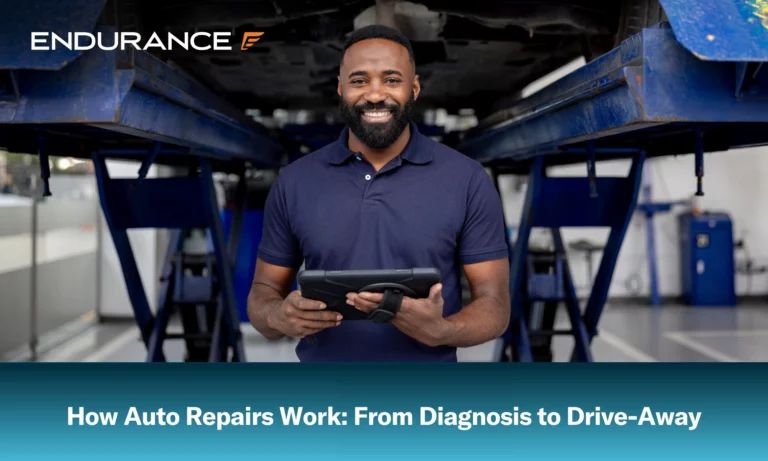
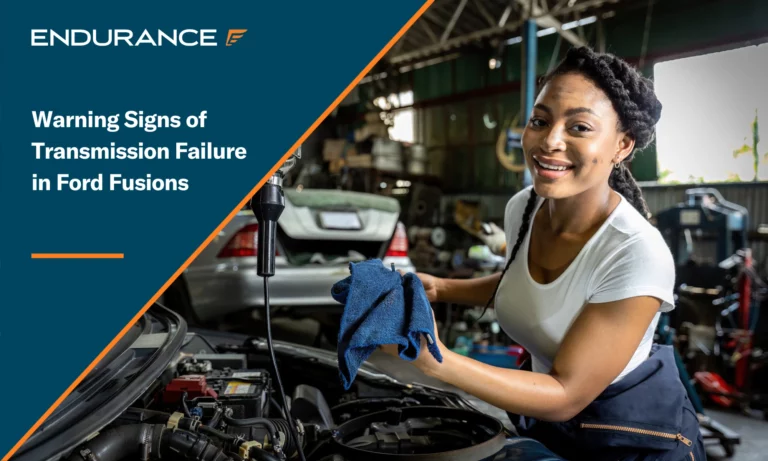



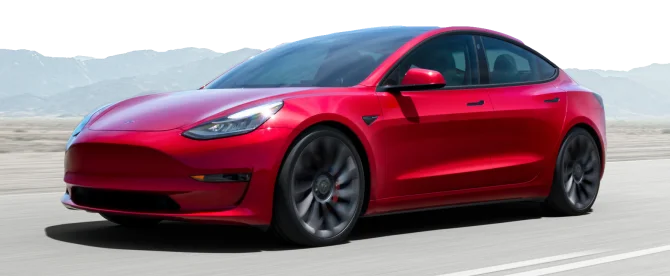



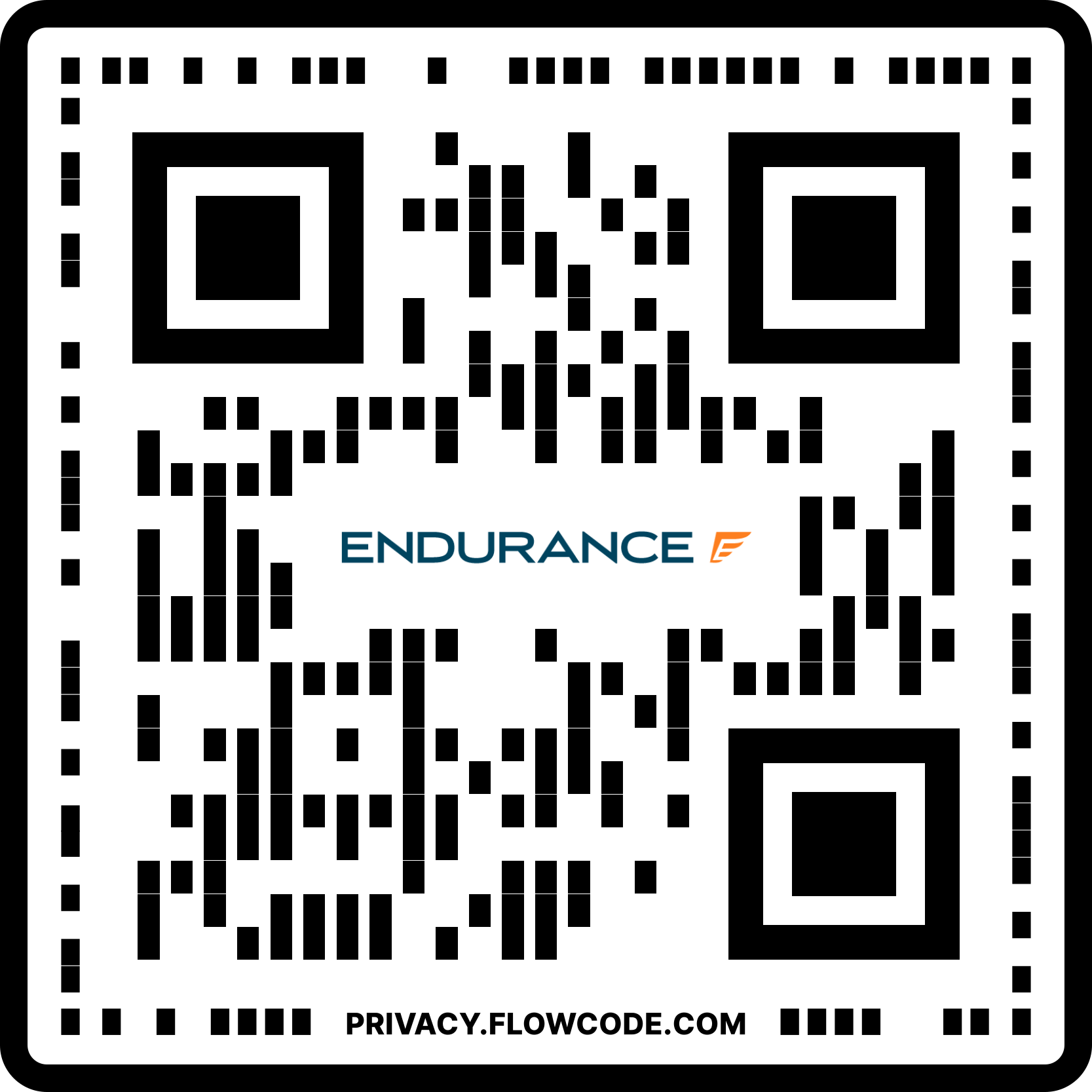
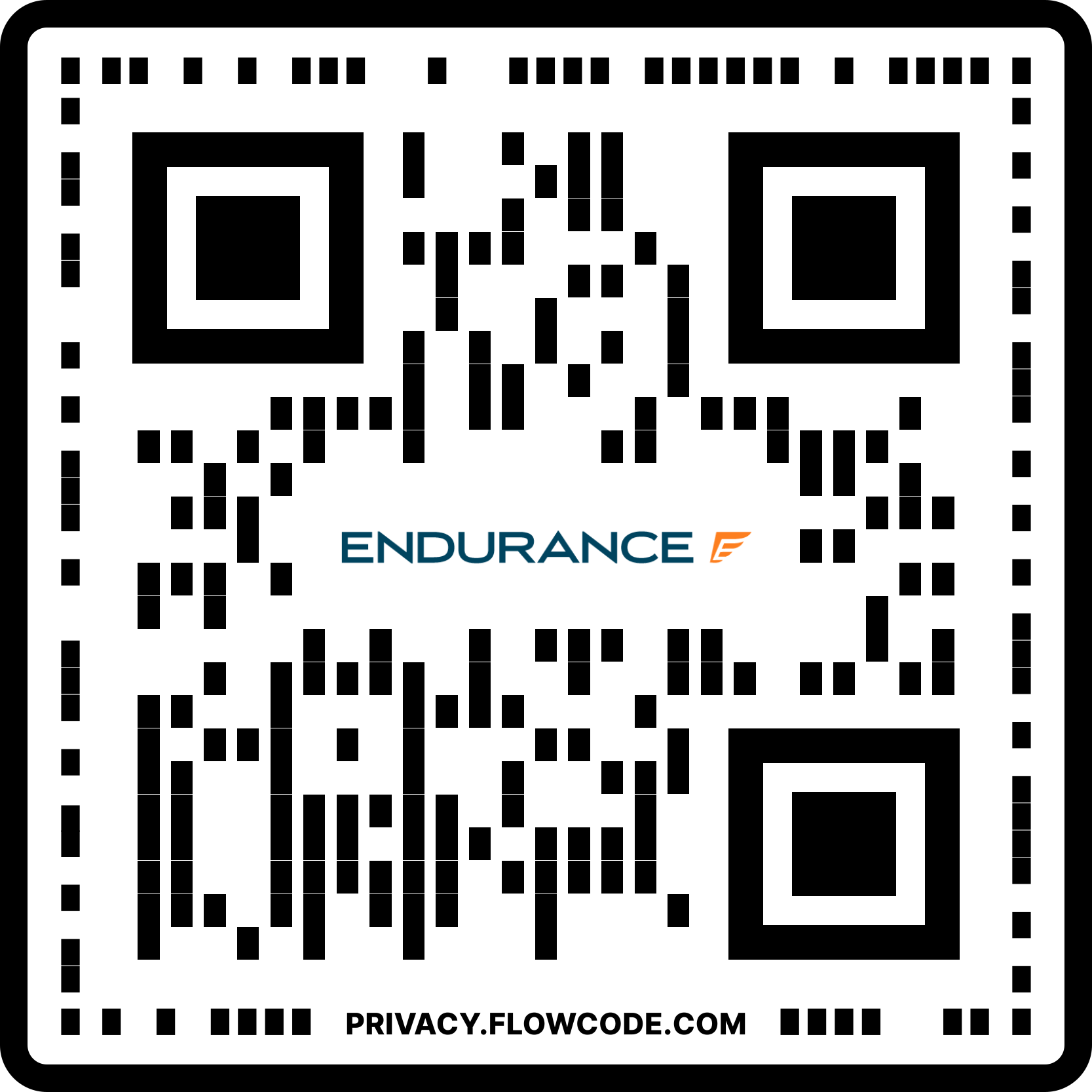

Larry Witherspoon Jr. is a co-founder and Executive Director of the Automotive Training Center. Larry has held multiple leadership positions in the U. S. Navy and with various Fortune 100 companies. In addition to his business experience, Larry grew up understanding the difficulties all young men face becoming adults especially those that come from challenging circumstances. He has taken those experiences growing up and combined them with his passion for vehicles to start the Automotive Training Center. Read more about Larry.